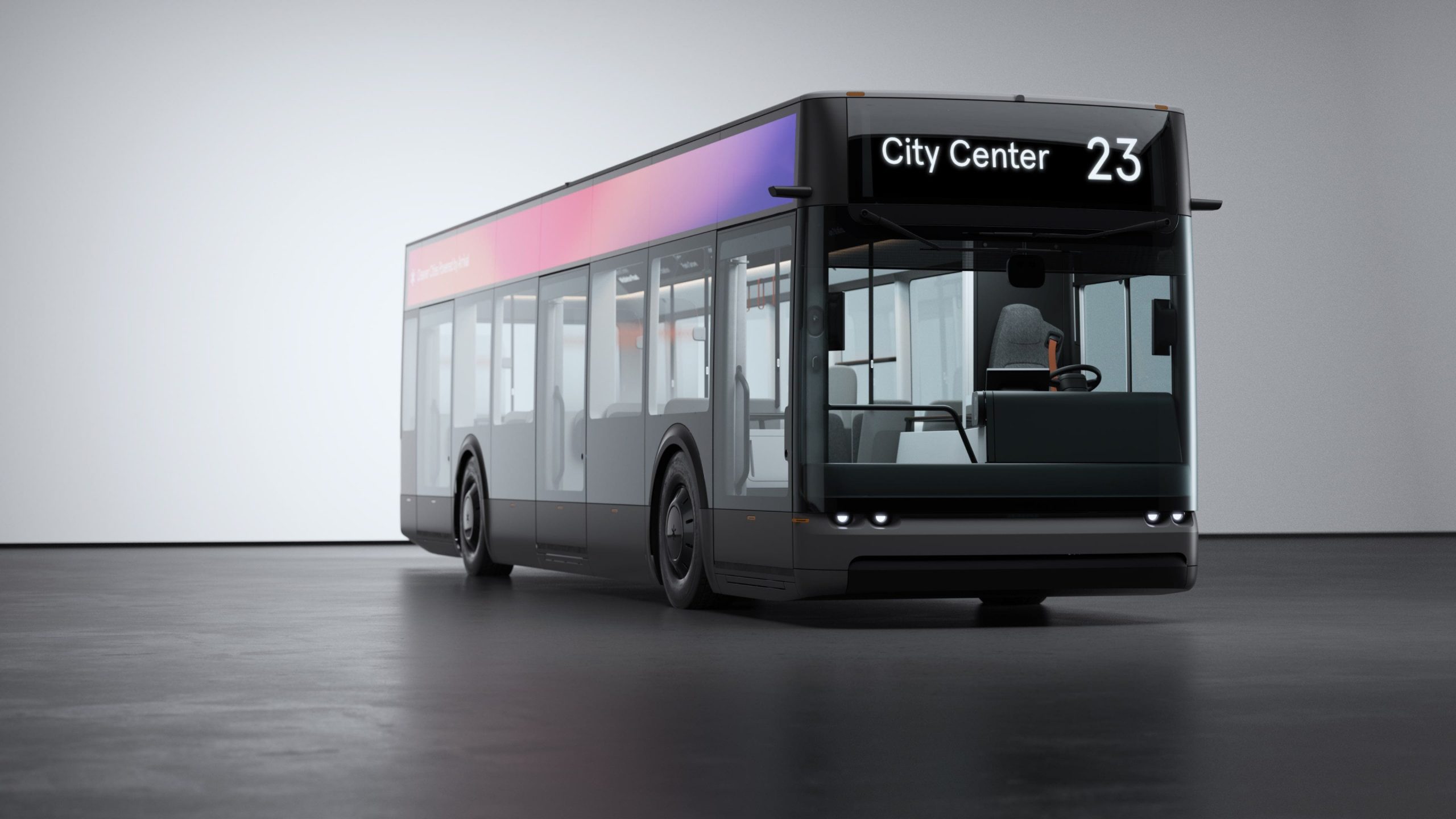Approach
The process began with HORIBA MIRA’s in-house electrical team preparing the vehicles to ensure that they were safe to test and to minimise the risks of disruption.
Next, the vehicles were instrumented. Discussions had already taken place with the OEM to determine exactly what parameters were required in the testing, and how these could best be obtained from the vehicles.
A test plan was put together, with the initial work focusing on corelation to the OEM’s own simulations for range and energy consumption, followed by development work to refine the vehicle’s performance.
As the development progressed, the team began running parts of the regulatory cycle on the dyno to give an indication of energy consumption, before progressing to full WLTC drive cycles.
All of this drew on HORIBA MIRA’s past experience of EV testing, which has helped to refine the test process and integrate a high degree of automation, reducing the risk of test failures and speeding up data processing.
Successes and benefits
Working with HORIBA MIRA gave the OEM access to specialist facilities and engineers who work specifically with the demands of regulatory testing. It also meant that the project could tap into the full HORIBA MIRA ecosystem, including development facilities and engineering support.
Highlights included:
- Use of a VCA-approved WLTP test facility, including full instrumentation.
- Vehicle preparation and test planning carried out by WLTP specialist to remove the risk of failures or delays.
- Test integration and automation of the data collection.
- Knowledge passed on by experienced legislative test engineers.
The specific requirements of legislative testing can be deceptively complex, so it’s important to work with engineers and technicians who understand these particular challenges.
Commercial Manager, HORIBA MIRA

